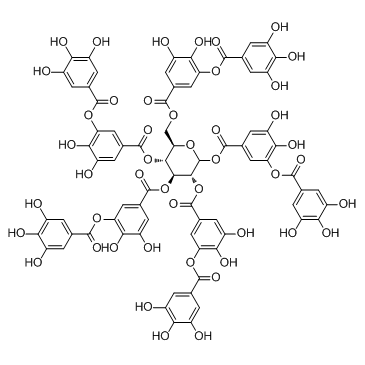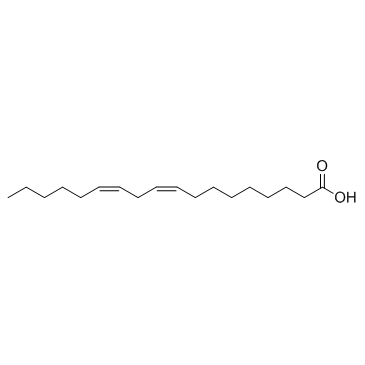| Structure | Name/CAS No. | Articles |
|---|---|---|
 |
Tannic acid
CAS:1401-55-4 |
|
 |
Sodium hydroxide
CAS:1310-73-2 |
|
 |
Potassium
CAS:7440-09-7 |
|
 |
Nordihydroguaiaretic acid
CAS:500-38-9 |
|
 |
3-Ethyl-2,4-pentanedione
CAS:1540-34-7 |
|
 |
Linoleic acid
CAS:60-33-3 |
|
 |
p-Dimethylaminobenzaldehyde
CAS:100-10-7 |
|
 |
potassium hydride
CAS:7693-26-7 |